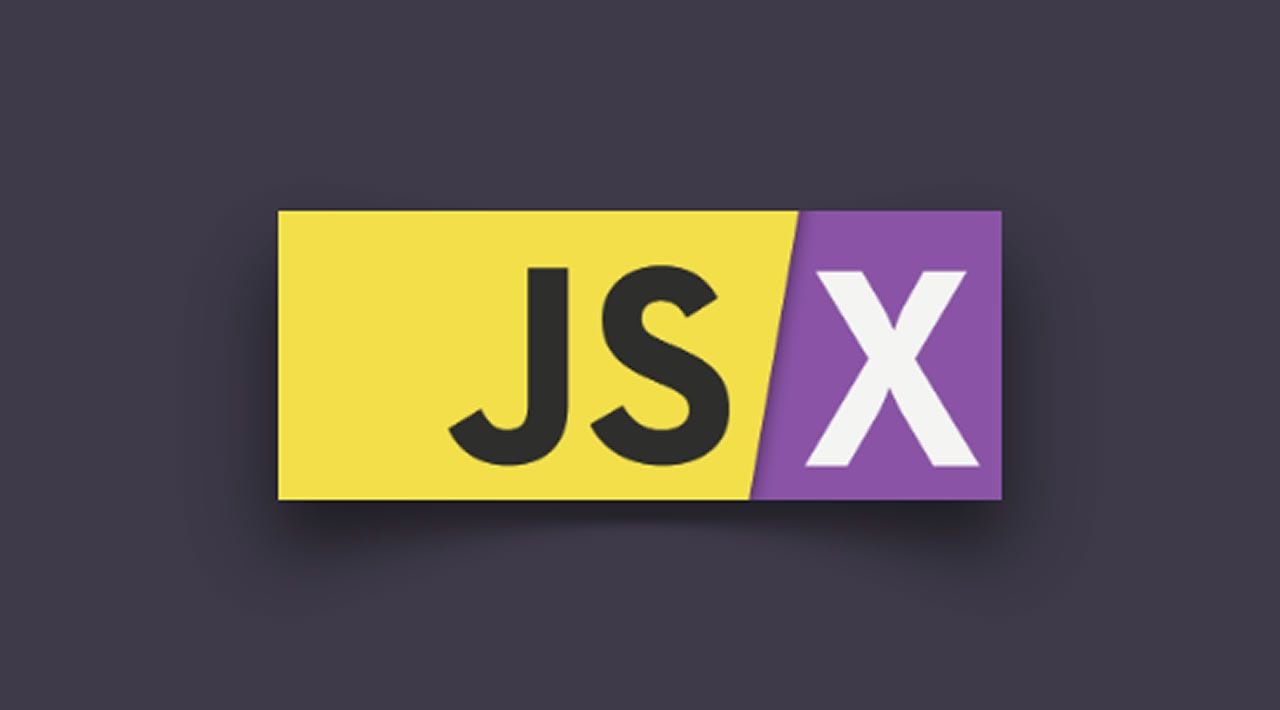React JS Presentation
Created by Konopatsky Valentin
React is a JavaScript library for building user interfaces.
React Js came about as a side project developed by a Facebook software developer in 2011. React was first made public in 2013 and is currently an open-source JavaScript framework. Because it can be used to develop complex User Interfaces that operate faster than other frameworks, eventually React has increased in popularity over time.
React Features

1. JSX
JSX stands for JavaScript XML. It is a JavaScript syntax extension. Its an XML or HTML like syntax used by ReactJS. This syntax is processed into JavaScript calls of React Framework. It extends the ES6 so that HTML like text can co-exist with JavaScript react code. It is not necessary to use JSX, but it is recommended to use in ReactJS.

JSX Example
const myElement = <h1>I Love JSX!</h1>; const root = ReactDOM.createRoot(document.getElementById('root')); root.render(myElement);
2. Components
ReactJS is all about components. ReactJS application is made up of multiple components, and each component has its own logic and controls. These components can be reusable which help you to maintain the code when working on larger scale projects.
Class component
class Car extends React.Component { render() { return <h2> Hi, I am a Car! </h2>; } }
Function component
function Car() { return <h2> Hi, I am a Car! </h2>; }
3. One-way Data Binding
ReactJS is designed in such a manner that follows unidirectional data flow or one-way data binding. The benefits of one-way data binding give you better control throughout the application.

4. Virtual DOM
A virtual DOM object is a representation of the original DOM object. It works like a one-way data binding. Whenever any modifications happen in the web application, the entire UI is re-rendered in virtual DOM representation. Then it checks the difference between the previous DOM representation and new DOM. Once it has done, the real DOM will update only the things that have actually changed. This makes the application faster, and there is no wastage of memory.

5. Simplicity
ReactJS uses JSX file which makes the application simple and to code as well as understand. We know that ReactJS is a component-based approach which makes the code reusable as your need. This makes it simple to use and learn.
6. Performance
ReactJS is known to be a great performer. This feature makes it much better than other frameworks out there today. The reason behind this is that it manages a virtual DOM. The DOM is a cross-platform and programming API which deals with HTML, XML or XHTML. The DOM exists entirely in memory. Due to this, when we create a component, we did not write directly to the DOM. Instead, we are writing virtual components that will turn into the DOM leading to smoother and faster performance.
Disadvantages of ReactJS

The high pace of development
The high pace of development has an advantage and disadvantage both. In case of disadvantage, since the environment continually changes so fast, some developers don't feel comfortable regularly relearning new ways of doing things.

Poor Documentation
It is another cons which are common for constantly updating technologies. React technologies updating and accelerating so fast that there is no time to make proper documentation. To overcome this, developers write instructions on their own with the evolving of new releases and tools in their current projects.

View Part
ReactJS covers only the UI Layers of the app and nothing else. So you still need to choose some other technologies to get a complete tooling set for development in the project.
JSX as a barrier
ReactJS uses JSX. It's a syntax extension that allows HTML with JavaScript mixed together. This approach has its own benefits, but some members of the development community consider JSX as a barrier, especially for new developers. Developers complain about its complexity in the learning curve.
Advantages of ReactJS

Easy to Learn and USe
ReactJS is much easier to learn and use. It comes with a good supply of documentation, tutorials, and training resources. Any developer who comes from a JavaScript background can easily understand and start creating web apps using React in a few days.
Creating Dynamic Web Applications Becomes Easier
To create a dynamic web application specifically with HTML strings was tricky because it requires a complex coding, but React JS solved that issue and makes it easier. It provides less coding and gives more functionality. It makes use of the JSX(JavaScript Extension), which is a particular syntax letting HTML quotes and HTML tag syntax to render particular subcomponents.
Reusable Components
A ReactJS web application is made up of multiple components, and each component has its own logic and controls. These components are responsible for outputting a small, reusable piece of HTML code which can be reused wherever you need them. The reusable code helps to make your apps easier to develop and maintain. These Components can be nested with other components to allow complex applications to be built of simple building blocks.
Performance Enhancement
ReactJS improves performance due to virtual DOM. The DOM is a cross-platform and programming API which deals with HTML, XML or XHTML. Most of the developers faced the problem when the DOM was updated, which slowed down the performance of the application. ReactJS solved this problem by introducing virtual DOM.
The Support of Handy Tools
React JS has also gained popularity due to the presence of a handy set of tools. These tools make the task of the developers understandable and easier. The React Developer Tools have been designed as Chrome and Firefox dev extension and allow you to inspect the React component hierarchies in the virtual DOM.
Known to be SEO Friendly

Traditional JavaScript frameworks have an issue in dealing with SEO. The search engines generally having trouble in reading JavaScript-heavy applications. Many web developers have often complained about this problem. ReactJS overcomes this problem that helps developers to be easily navigated on various search engines. It is because React.js applications can run on the server, and the virtual DOM will be rendering and returning to the browser as a regular web page.
The Benefit of Having JavaScript Library
Today, ReactJS is choosing by most of the web developers. It is because it is offering a very rich JavaScript library. The JavaScript library provides more flexibility to the web developers to choose the way they want.
Scope for Testing the Codes
ReactJS applications are extremely easy to test. It offers a scope where the developer can test and debug their codes with the help of native tools.
THE END.
Thank you for your attention